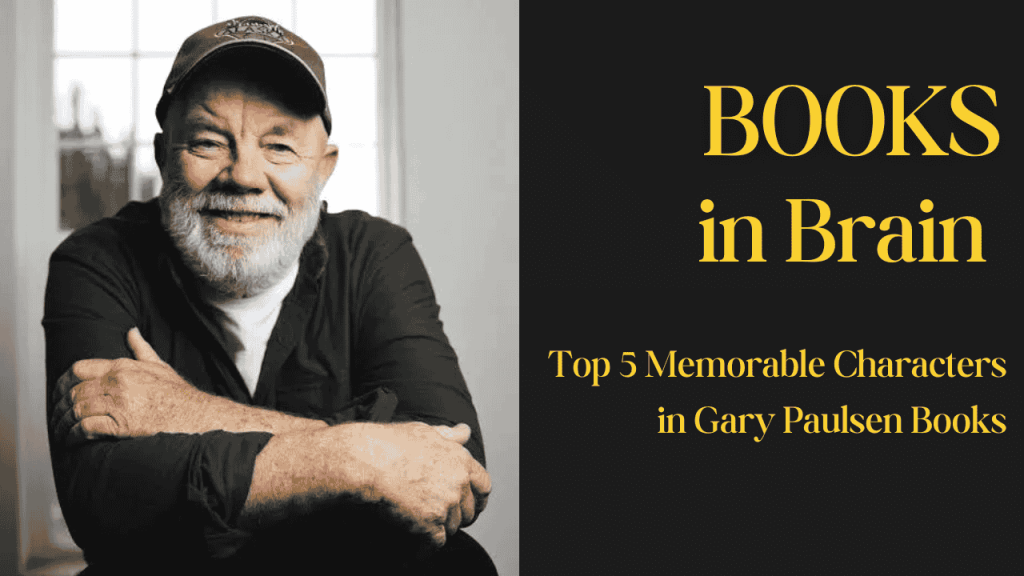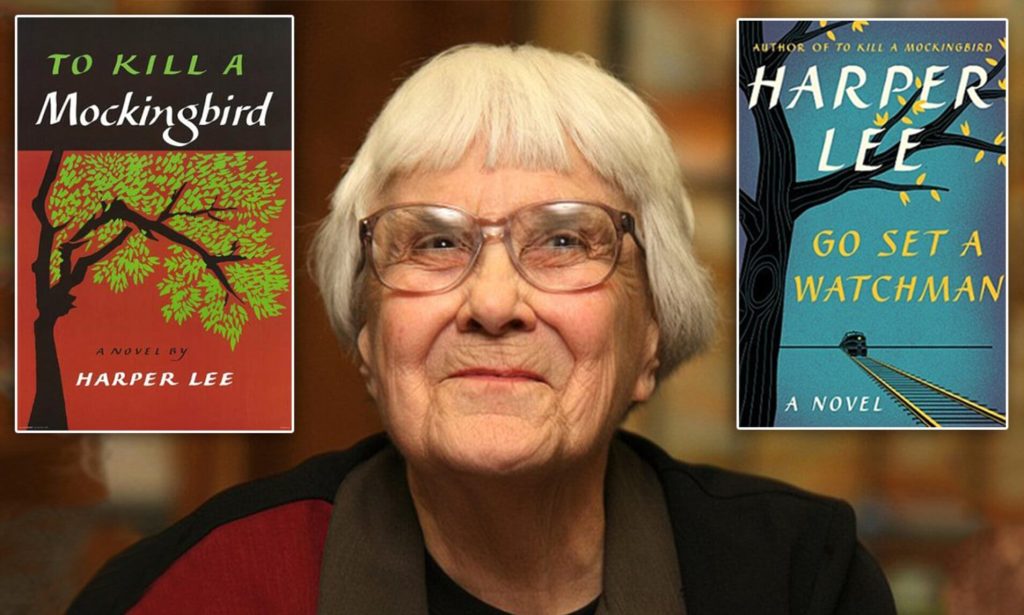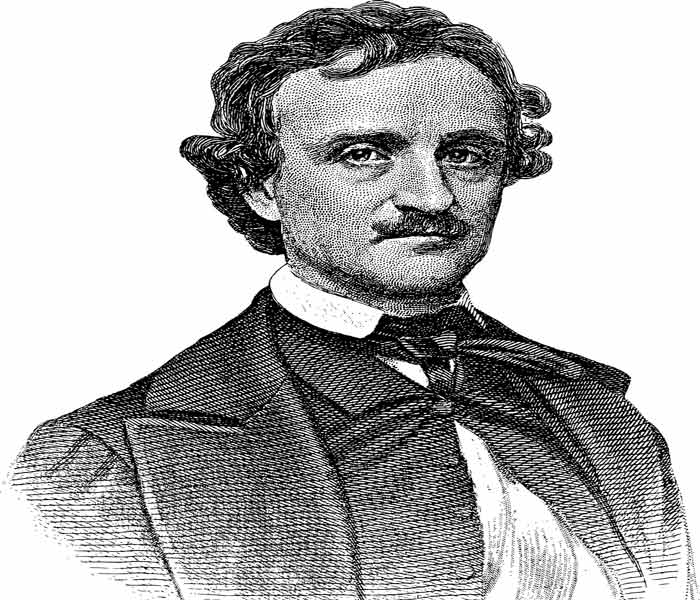In the world of young adult survival fiction, Gary Paulsen created some of the most memorable characters ever written. His protagonists were tough, thoughtful, and often forced into situations where instincts mattered more than words. From the iconic Brian Robeson in Hatchet to the lesser-known but equally powerful characters in The Rifle and Dogsong, Paulsen’s characters reflect resilience, bravery, and humanity.
They didn’t just glamorize the wild—they grew in it. They revealed it as dangerous, beautiful, and full of lessons. If you’ve read his stories, chances are a few of those names still stick with you.

Let’s take a closer look at the ones that truly stand out.
Who Are the Most Memorable Characters Created by Gary Paulsen?
Gary Paulsen wrote over 200 books, but certain characters stand out for their emotional depth and life-changing journeys. From determined teens stranded in the wild to introspective boys caught in historical conflict, his characters resonate because they feel real. They experience fear, loneliness, and pain, but also courage, clarity, and hope.
Here are top 5 unforgettable characters he brought to life:
- Brian Robeson from Hatchet
- David from The Rifle
- Russel from Dogsong
- Gary Paulsen himself as narrator in Winterdance
- Oogruk from Dogsong
Each character serves a distinct role in exploring survival, identity, and human connection.
1. Brian Robeson from Hatchet — A Survival Hero to Remember
Brian Robeson is without a doubt the most iconic character created by Gary Paulsen. At the beginning of Hatchet, Brian is a 13-year-old boy flying to visit his father. It was the time when the pilot suffers a heart attack and the plane crashes into the Canadian wilderness. Suddenly, Brian is alone with nothing but a hatchet his mother gave him.
What makes Brian so memorable is not just his survival skills, but his emotional and psychological journey. At first, he is terrified, overwhelmed, and inexperienced. But over time, he learns to make fire, build shelter, hunt food, and most importantly, trust himself. He transforms from a scared boy into a resilient, resourceful young man.
Readers connect deeply with Brian because he represents raw human endurance. His story isn’t sugar-coated; he faces injuries, hunger, wild animals, and deep isolation. But his persistence, intelligence, and emotional growth turn him into a symbol of survival.
Brian’s character continues to evolve in sequels like The River, Brian’s Winter, Brian’s Return, and Brian’s Hunt, offering readers an even deeper look at how survival changes someone forever.
2. David from The Rifle — A Boy Shaped by History
David, the main character in The Rifle, lives centuries after a finely crafted rifle was made during the American Revolutionary War. This weapon passes through many hands and eras until it eventually finds its way into David’s possession. What makes David memorable is how his fate is unexpectedly tied to a relic of the past.
Unlike Brian, David isn’t a survivalist in the wilderness. He’s an average modern-day teenager who loves computers and lives a peaceful life with his family. But his story is one of tragic irony. The antique rifle, loaded and forgotten, accidentally discharges and ends David’s life.
This shocking conclusion leaves a lasting impact. David represents the ordinary child whose life becomes entangled with history. His character forces readers to reflect on responsibility, legacy, and the weight of actions taken long ago. Paulsen’s decision to connect David’s fate to a centuries-old object is a powerful narrative choice that stays with the reader.
3. Russel from Dogsong — A Boy Searching for His Identity
In Dogsong, Russel is a 14-year-old Inuit boy who feels lost in the modern world. Living in a small Alaskan village, he feels disconnected from his heritage and overwhelmed by technology and changing traditions. Seeking meaning, he turns to Oogruk, an old shaman who introduces him to the traditional ways of his ancestors.
Russel embarks on a dog sled journey across the Arctic landscape, hoping to find his true self. Along the way, he endures brutal cold, wild animals, and physical exhaustion. But more importantly, he experiences spiritual and emotional awakening.
Russel is a memorable character because his story is about more than survival. It’s about cultural identity, respect for nature, and understanding one’s roots. He transforms through both physical hardship and inner exploration, and his character offers a deep reflection on tradition versus modernity.
4. Gary Paulsen in Winterdance — A True Story Told Like Fiction
While many of Gary Paulsen’s books are fictional, Winterdance is a memoir told with such vivid storytelling that Paulsen himself feels like one of his most unforgettable characters. The book follows his real-life experience training for and running the Iditarod, a 1,000-mile dog sled race across Alaska.
In Winterdance, Paulsen is vulnerable, stubborn, reckless, and hilarious. He battles freezing temperatures, sleep deprivation, hallucinations, and unpredictable sled dogs. His descriptions are both comical and deeply human, revealing his flaws and fears with honesty.
What makes Paulsen’s self-portrayal so memorable is how authentically he shares his awe of nature and his bond with the dogs. He doesn’t try to be a perfect adventurer. Instead, he shows us what it means to be humbled by the wild, to fail, and to keep going anyway. Through humor and grit, Paulsen turns himself into a character readers will never forget.
5. Oogruk and the Pilot — Supporting Characters That Leave a Mark
Even Paulsen’s supporting characters are crafted with care. In Dogsong, Oogruk is the wise, blind elder who guides Russel toward a more meaningful life. He doesn’t say much, but his presence is powerful. Oogruk connects Russel to the wisdom of his ancestors and encourages him to seek his path in the old ways.
In Hatchet, the pilot who dies of a heart attack seems like a minor character, but his role is vital. His sudden death not only sets the entire plot in motion but also shows how fragile life is. His presence in Brian’s memory continues throughout the story, especially when Brian finds the plane later.
These characters may not take up much page space, but they shape the protagonists and the emotional depth of the stories.
How Gary Paulsen Builds Memorable Characters?
Gary Paulsen builds memorable characters by grounding them in emotional realism and authentic personal growth. His characters don’t simply face external challenges; they undergo deep internal transformations that mirror the complexity of real life. Paulsen captures a wide range of emotions—fear, shame, joy, and hope—in ways that feel honest and relatable, drawing readers into the character’s inner world.
Their development is slow and natural, allowing readers to grow alongside them and truly understand their journeys. A key element in Paulsen’s storytelling is his use of nature—not just as a setting, but as a reflection of the characters’ inner struggles.
The wilderness becomes a mirror, highlighting their fears, hopes, and strengths. Often placed in life-or-death situations, his characters are forced to confront who they really are, revealing layers of resilience and self-discovery. Paulsen’s own life experiences heavily influenced his writing, and that personal truth shines through in each of his characters, making them not only believable but deeply unforgettable.
Final Thoughts
The most memorable characters created by Gary Paulsen have one thing in common: they feel real. Whether it’s Brian learning to survive alone in the woods, Russel reconnecting with his heritage, or Paulsen himself enduring the Iditarod, each character teaches us something about resilience, identity, and the human spirit. Paulsen’s characters didn’t just survive; they transformed. And readers felt every step of that journey with them. That emotional connection is what makes these characters unforgettable—and why they continue to shape the wilderness survival genre today.


